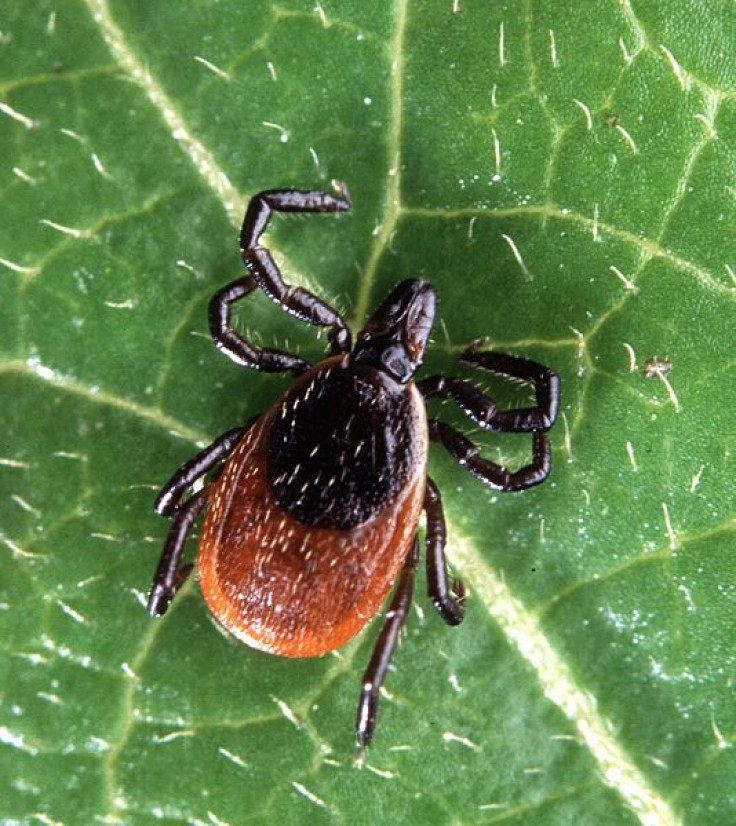Lyme Disease Becoming More Common; Making It's Way North

Lyme disease is back on the rise in North America — figuratively and literally — say researchers from various health agencies in Ontario, Canada. A new comprehensive study has tracked the prevalence of tick-borne illnesses in various regions of the United States.
Lyme disease is caused by a specific type of bacteria from the Borrelia burgdorferi family that is transferred to humans from infected insects, mainly ticks. The infectious disease can be contained with a steady regimen of antibiotics; however, left untreated the infection will spread to other parts of the body.
Lead author of the study Dr. David M. Fisman and his associates set out to determine the marked increase in Lyme disease incidences on a state-to-state yearly level.
Researchers applied data from the Centers for Disease Control and Prevention to track the frequency of Lyme disease infections state by state between 1993 and 2007. They also analyzed state-level demographic and economic characteristics from the US Census Bureau to determine other related factors.
The study was divided into two equal time intervals starting from 1993 to 1999 and 2000 to 2007 exploring the number of incidences on a year-to-year basis.
Fisman and his colleagues encountered a 40 percent nationwide increase in Lyme disease cases between the first half of the study and the second.
On the state-level, researchers found that 21 states including the District of Columbia experienced a noticeable increase in Lyme disease incidents. Another 15 states appeared to have no change in the prevalence of tick-borne illnesses while the remaining 14 showed an actual decrease in the number of incidents.
The group's results showed that a significant increase in Lyme disease incidences had taken place in the course of the study period. Researchers concluded that this increase was generally noticed among northern states and not seen in southern states where disease rates seemed to be on the decline.
Fisman wrote, "In our evaluation of changes in Lyme disease incidence at the state level, we identified marked increases in the northern-most states and stable or declining rates in the southern states."
"These differences in trends are consistent with expectations under climate change projections. They suggest that global warming may have already affected the ecology of this important infectious disease, although further confirmatory studies are needed."



























